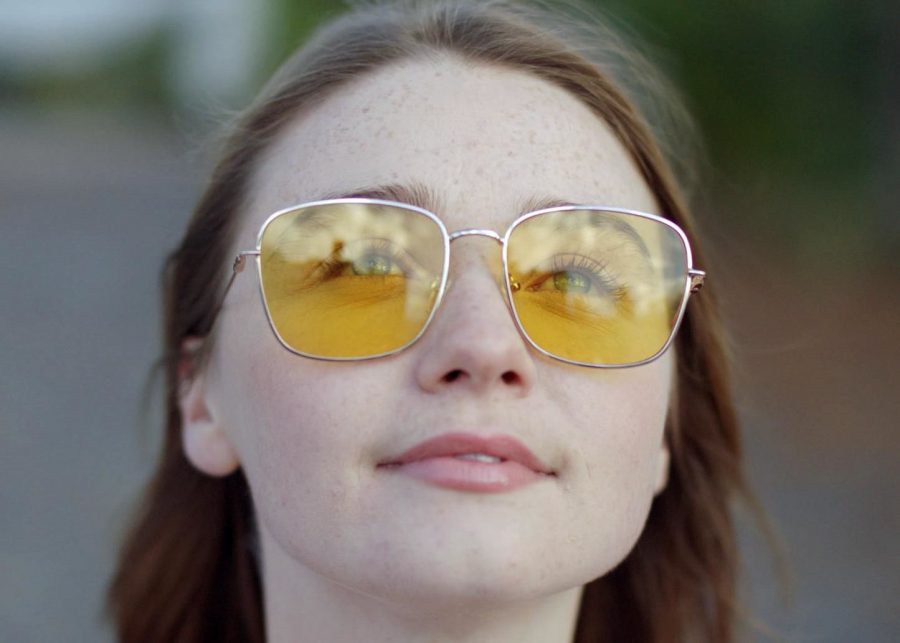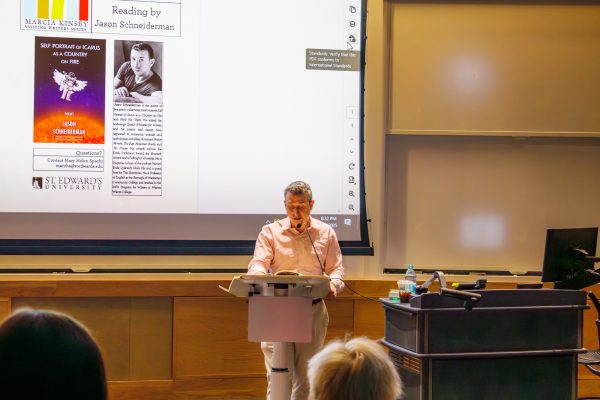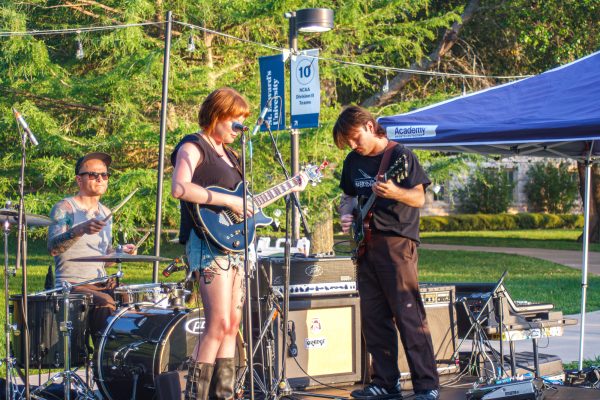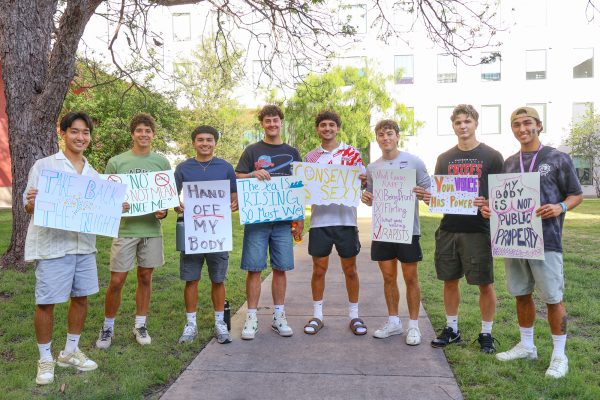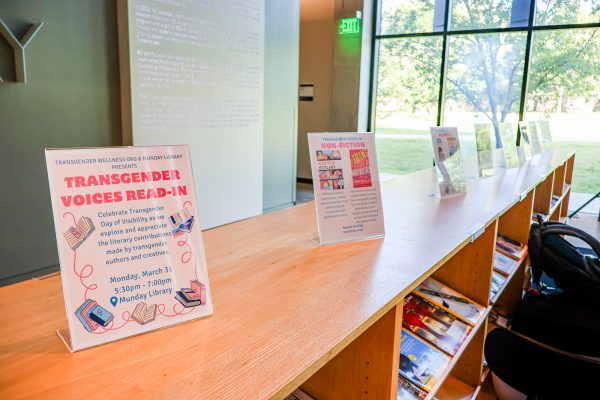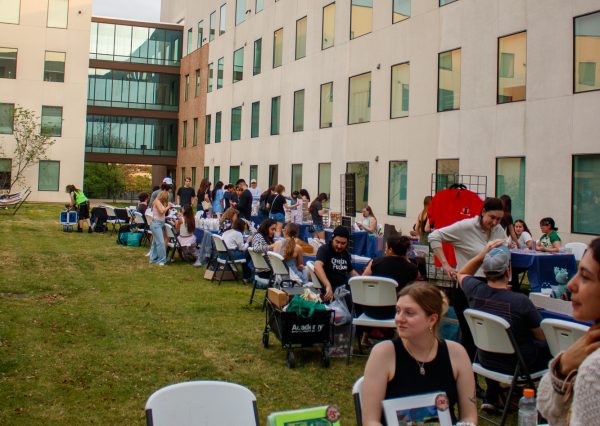‘The New Romantic’ flirts with romantic comedy conventions, alternative relationships
One of the greatest curses to plague the 21st century is the imposing expectations of romantic comedies. The running tropes of the genre have bled into the public consciousness, creating illusions of love at first sight, running to the airport in the rain, and the notion that every relationship has a greater meaning in the grand scheme of things.
“The New Romantic” works the fine line of both acknowledging these conventions, and also working to undermine and break away from them. The directorial debut of Canadian screenwriter Carley Stone, follows a college senior, Blake (Jessica Barden) who is fearing a looking graduation, and struggling to keep her dating column in the school newspaper alive. After a random meeting in a convenience store, Blake discovers a new subject for her column: the relationship of a sugar daddy and baby.
Blake enters a relationship with a business professor who provides her with an extensive string of gifts, including a moped and a diamond bracelet. Throughout the course of Blake’s transaction with the professor, she begins to develop emotional ties to him, compromising the situation that they operate in. The choice by Blake to attempt a romantic connection only leads to disappointment, because rather than opening up to another person, she is breaking the terms of an agreement.
The film primarily focuses on the ways in which relationships differ from one another, and how the legacy of the romantic comedy has bled into the reality of dating. Blake uses a canned line everytime she goes on a date to try and establish a connection with the other person. It is only at the end of the film does a date, her co-worker at the newspaper, Jacob (Brett Dier), ask the question before Blake can.
This act allows Blake to realize she’s not in love with the professor, nor is she wanting to connect with someone who’s emotionally unavailable to her. Her and Jacob have a failed sexual interaction at the beginning of the film, and Blake uses it as fuel for her column. At the end of the film, the two have a spontaneous date in a diner after a terrible night for Blake, who realizes that the professor will never return her feelings. This shift is a reflection of the way in which the film is caught between existing in a post-romantic comedy world and one where the movies still have a hold on society. There is an examination of which world is the better one, just that the two overlap at this moment in time.
One key convention that “The New Romantic” uses to illustrate its awareness of the romantic comedy leanings is the voice over and fantasy sequences it runs through. At the end of the film, Blake narrates what would happen when she gets pulled over by a cop if life was an actual movie. It involves dinner, long beach walks and a wave of seagulls flying through the air. There’s a casual shift in the lighting as this fantasy segment plays out, indicating that Blake understands that it’s something unreal, rather than a fact of reality. The last time a film used a similar technique was the stunning “(500) Days of Summer.”
“The New Romantic” offers a unique and honest look into the status of romance in the modern world, and how more than just Hollywood relationships exist. The film is more concerned with asking questions about the state of romance than it is offering answers. It operates within two separate worlds, both fascinating and worthy to examine on a micro and macro level.


